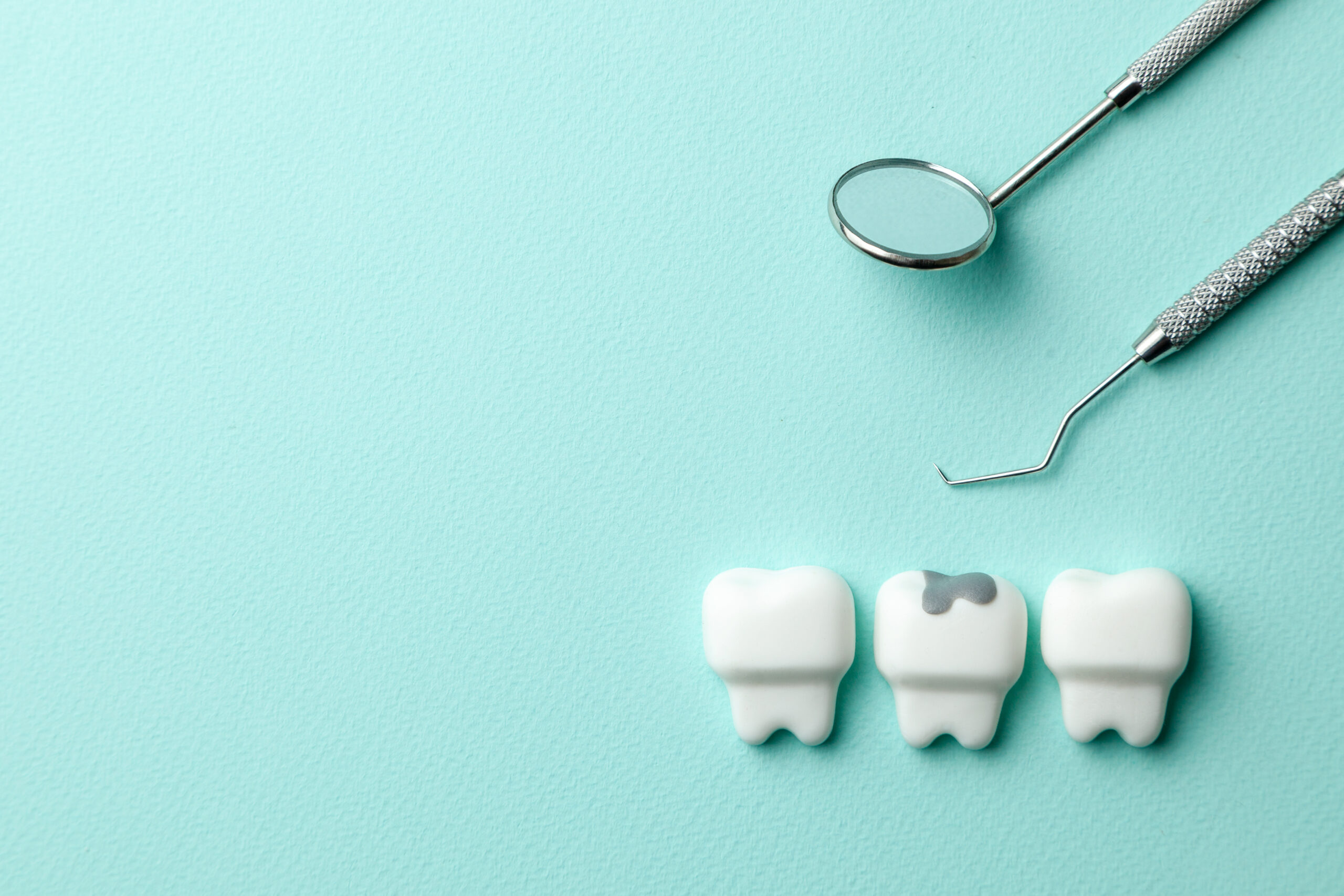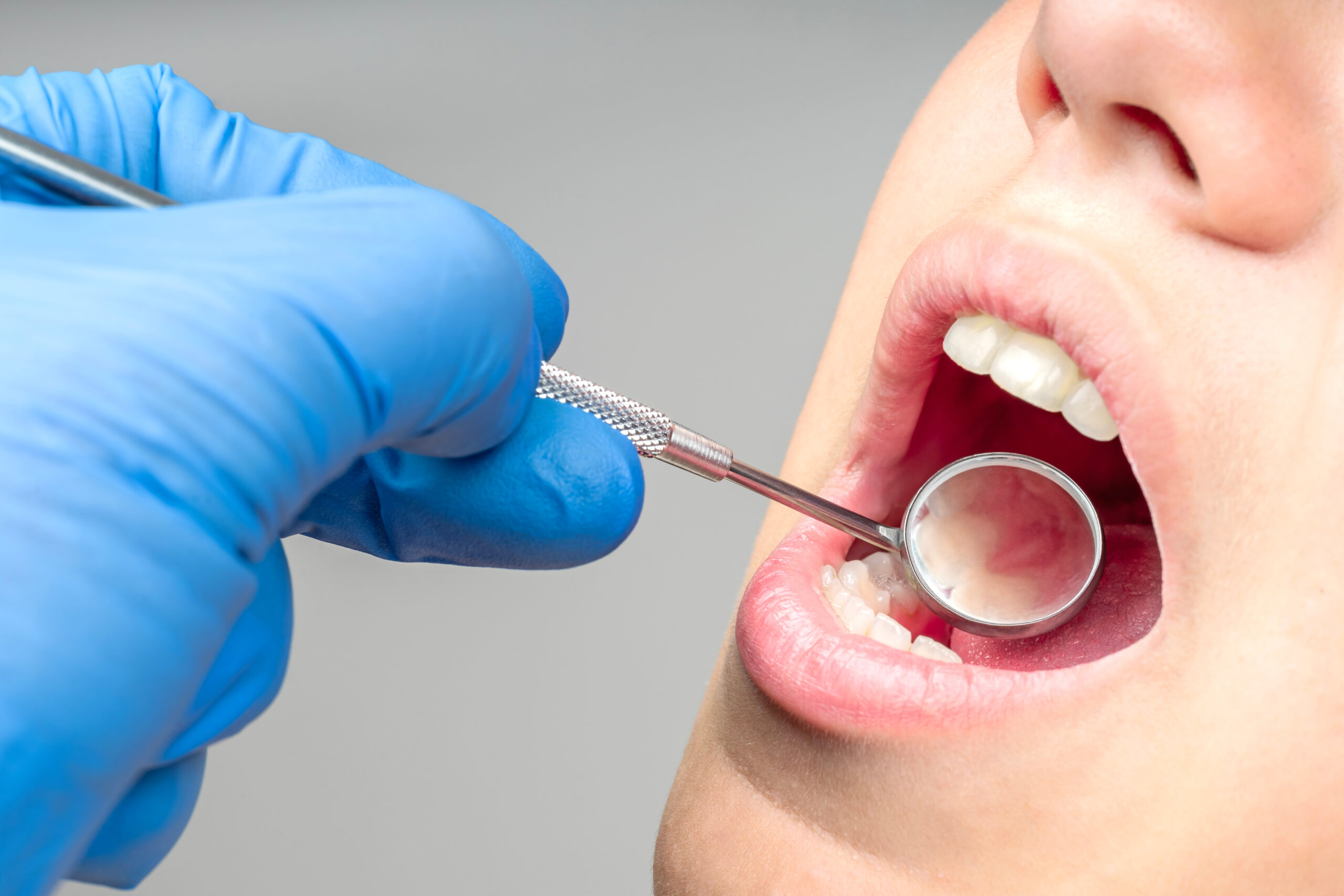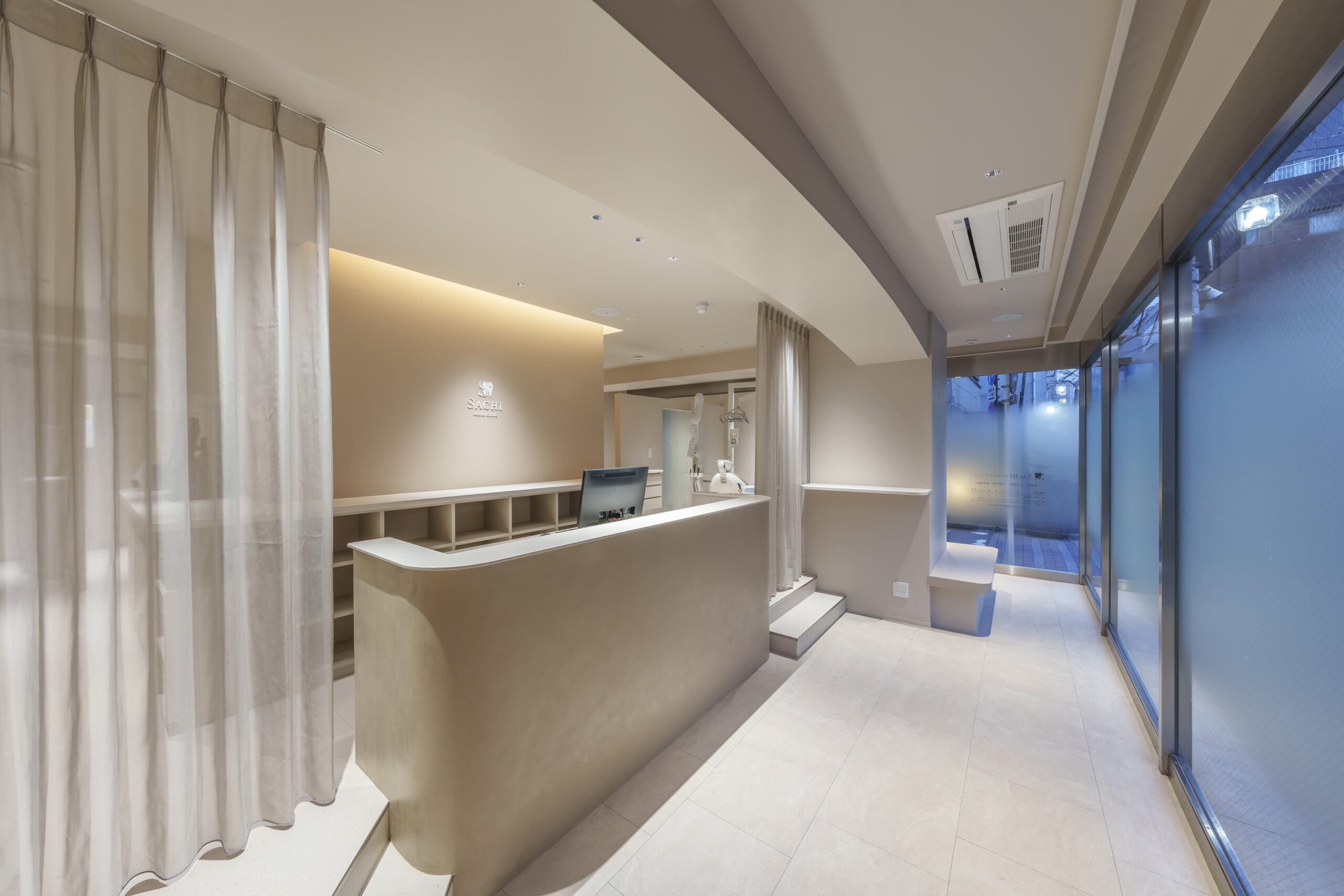Cavity Treatment
Publication Date:
Last Updated:
Do you have concerns like “my teeth are sensitive” or “my cavity hurts”? Cavities can be detected early and treated appropriately to protect your valuable teeth. At SACHI Dental Clinic in Shiba Park and Mita, we focus on minimally invasive treatments that preserve the tooth nerve as much as possible.
In this article, we will introduce the features of our cavity treatment and the nerve-preserving treatment method known as pulp capping in detail.
Early Detection and Treatment of Cavities are Crucial.

In the early stages, cavities have almost no noticeable symptoms. As they progress, the following symptoms may appear.
- Sensitivity to cold or sweet foods.
- Pain when biting
- Throbbing pain even when doing nothing.
If you experience these symptoms, visit a dental clinic as soon as possible. Treating cavities in the early stages can preserve the nerve. Avoid postponing treatment by thinking “I can still endure it” and opt for early intervention.
What is Nerve-Preserving Cavity Treatment “Pulp Capping”?

When cavities progress deeply, nerve removal treatment (pulpectomy) is generally necessary. However, removing the nerve may shorten the lifespan of the tooth. At our clinic, we adopt pulp capping to preserve the nerve as much as possible.
Pulp capping involves placing a special medication near the nerve after removing the cavity to promote nerve protection and recovery.
Types of Pulp Capping.
- Indirect pulp capping: Used when the nerve is not exposed.
- Direct pulp capping: Used when the nerve is slightly exposed.
“Provisional Diagnosis” to Determine if the Nerve Can be Preserved.
The key to successful pulp capping is accurately assessing the condition of the nerve. At our clinic, we implement “provisional diagnosis” to carefully observe the nerve condition.
After removing the cavity, medication is placed, and a temporary seal is applied while monitoring the condition for several days to weeks. During this period, changes in symptoms are checked.
- Presence or absence of pain.
- Reaction to cold or warm stimuli.
- Discomfort when biting.
Additionally, tests such as pulp vitality testing and thermal testing are conducted to confirm if the nerve is alive.
Procedure for Indirect Pulp Capping.
Indirect pulp capping is performed when the cavity is large but the nerve is not exposed. Cavities are carefully removed using caries detection liquid, and materials like MTA cement or calcium hydroxide are placed near the nerve.
- Protecting the nerve.
- Preventing bacterial invasion.
- Promoting dentin regeneration.
MTA cement is highly biocompatible and recommended for those searching for “MTA cement Mita”.
Procedure for Direct Pulp Capping.
Direct pulp capping is performed when the nerve is exposed during cavity removal. After local anesthesia, medication is placed on the exposed nerve and sealed with a temporary cover. Subsequent observation is conducted to check for changes in pain or reactions.
Flow of Cavity Treatment.

- Examination: X-rays and visual inspection are used to check the depth of cavities and the condition of the nerve.
- Anesthesia: Surface anesthesia and electronic anesthetic devices are used to reduce pain.
- Cavity removal: Carefully removed using caries detection liquid.
- Distance confirmation with the nerve: Treatment method is determined based on the distance to the nerve.
- Pulp capping: Protecting the nerve with indirect or direct pulp capping.
- Observation: The nerve condition is observed over several days to weeks.
- Final restoration: Restoring the tooth with fillings or crowns.
Frequently Asked Questions (FAQ)

- What are the advantages and disadvantages of nerve-preserving treatment?
- Advantages:
- Extends the lifespan of the tooth.
- Maintains natural sensation.
- Reduces the risk of retreatment.
Disadvantages:
- Not applicable to all cases.
- Treatment duration may be longer.
- Is pulp capping always successful?
- It is not successful in all cases. However, accurate examination and careful treatment increase the success rate.
- How much does it cost?
- Pulp capping can be performed within insurance coverage, but the cost may vary depending on the medication. Please check here for details.
- How long is the treatment period?
- When performing pulp capping, the duration may be 1 to 3 weeks longer than usual. Detailed explanations are provided during diagnosis.
- Is there any pain?
- There is minimal pain during treatment due to anesthesia. Postoperative mild pain may occur but usually subsides within a few days.
- What is the difference when the nerve is removed?
- Removing the nerve makes the tooth more fragile and loses sensation. If possible, preserving the nerve is ideal.
View Other Treatment Options
Treatment Menu
Types of Ceramic Treatments and how to Choose
Treatment Menu
Bite Alignment Treatment
Treatment Menu
Wisdom Teeth
Treatment Menu
Pediatric Dentistry
Treatment Menu
Orthodontics Invisalign
Treatment Menu
Dental Check-ups and Preventive Dentistry
Treatment Menu
Root Canal Treatment
Treatment Menu
Periodontal Disease Treatment
Treatment Menu
Whitening

